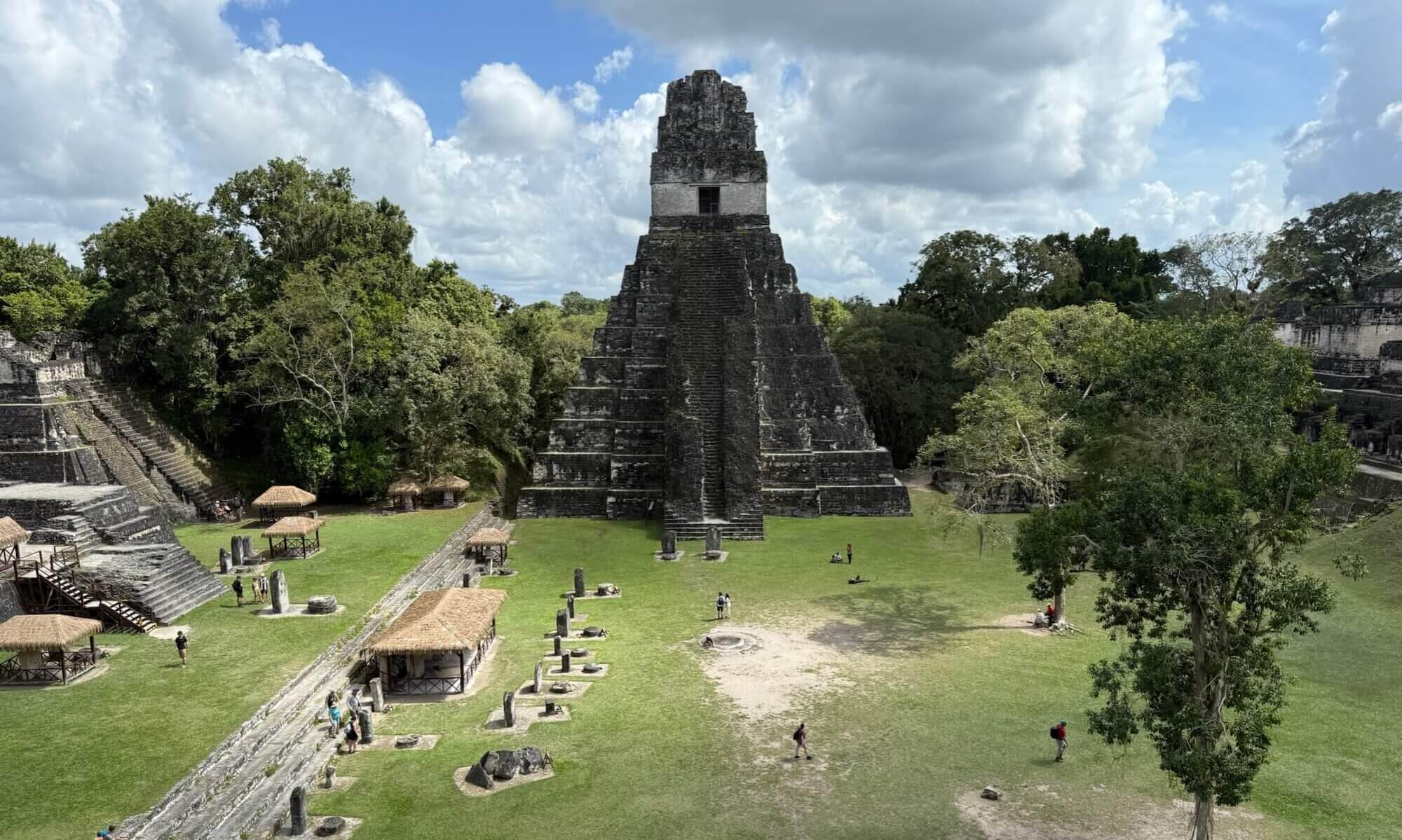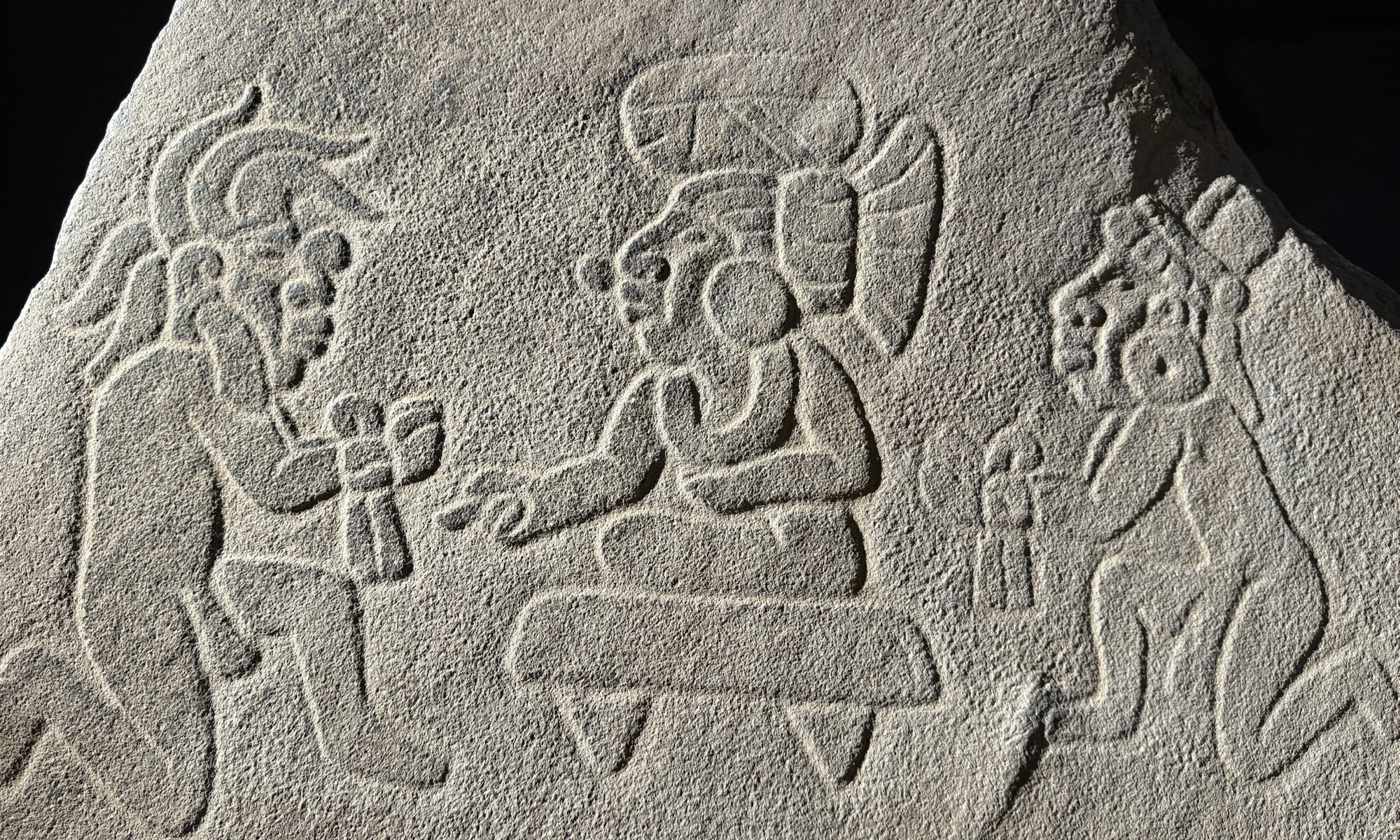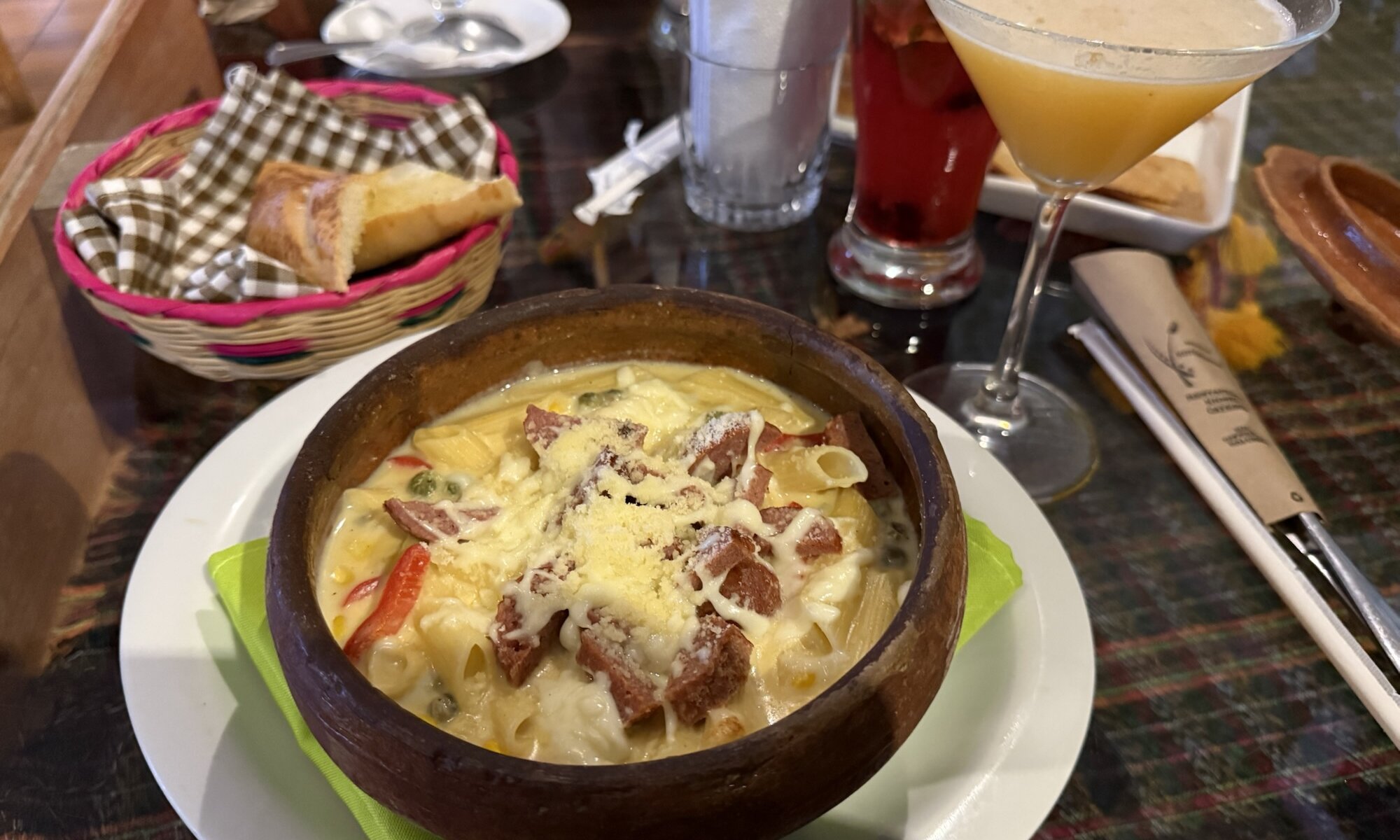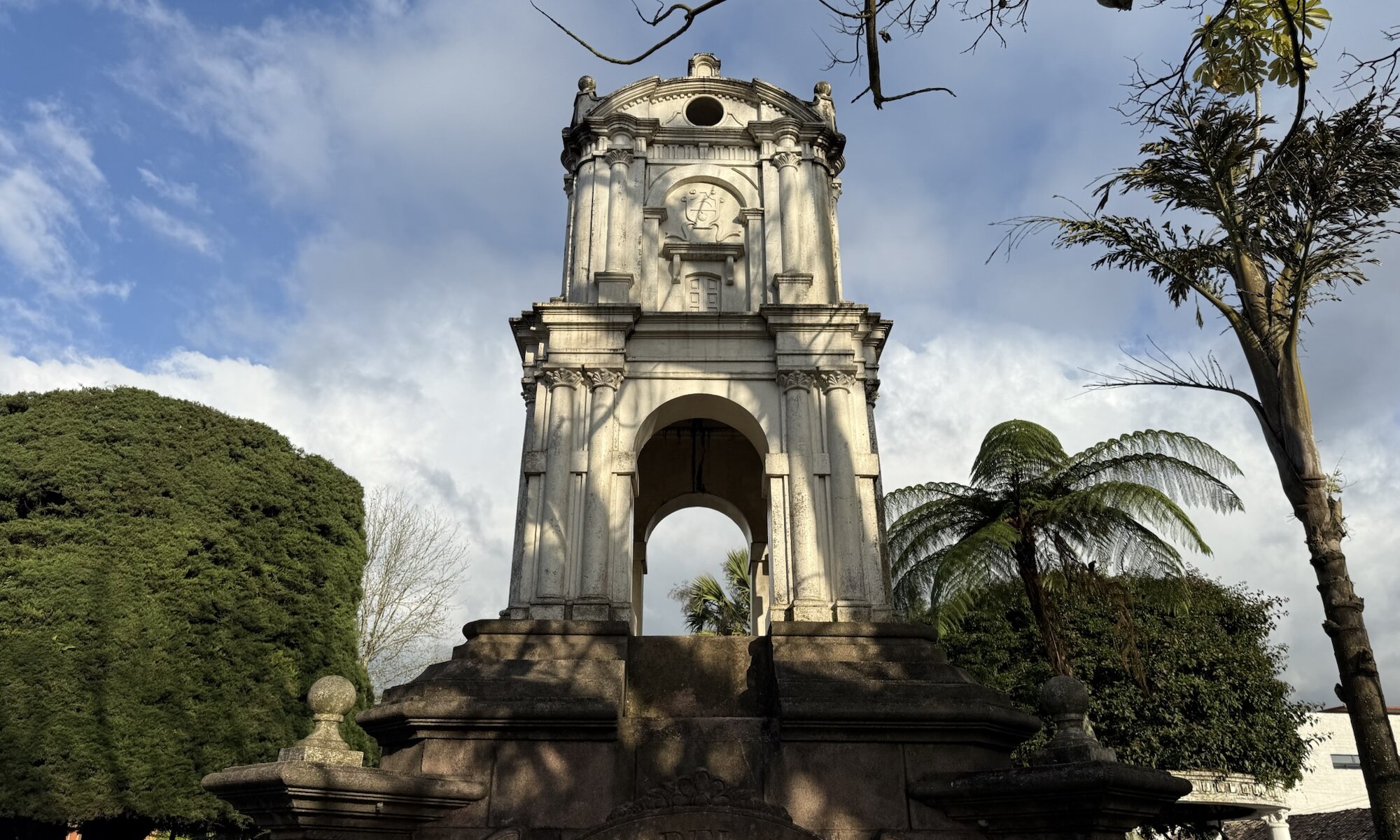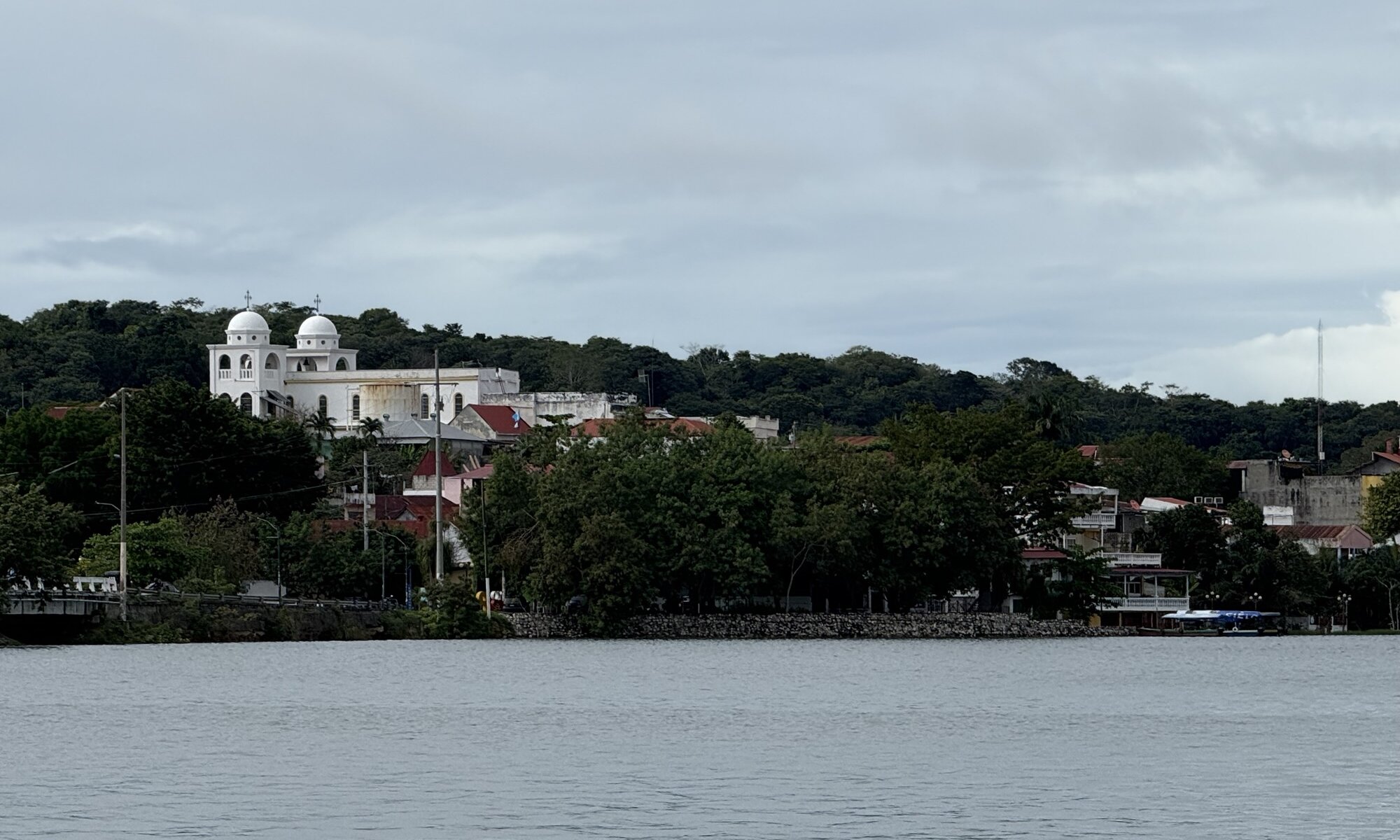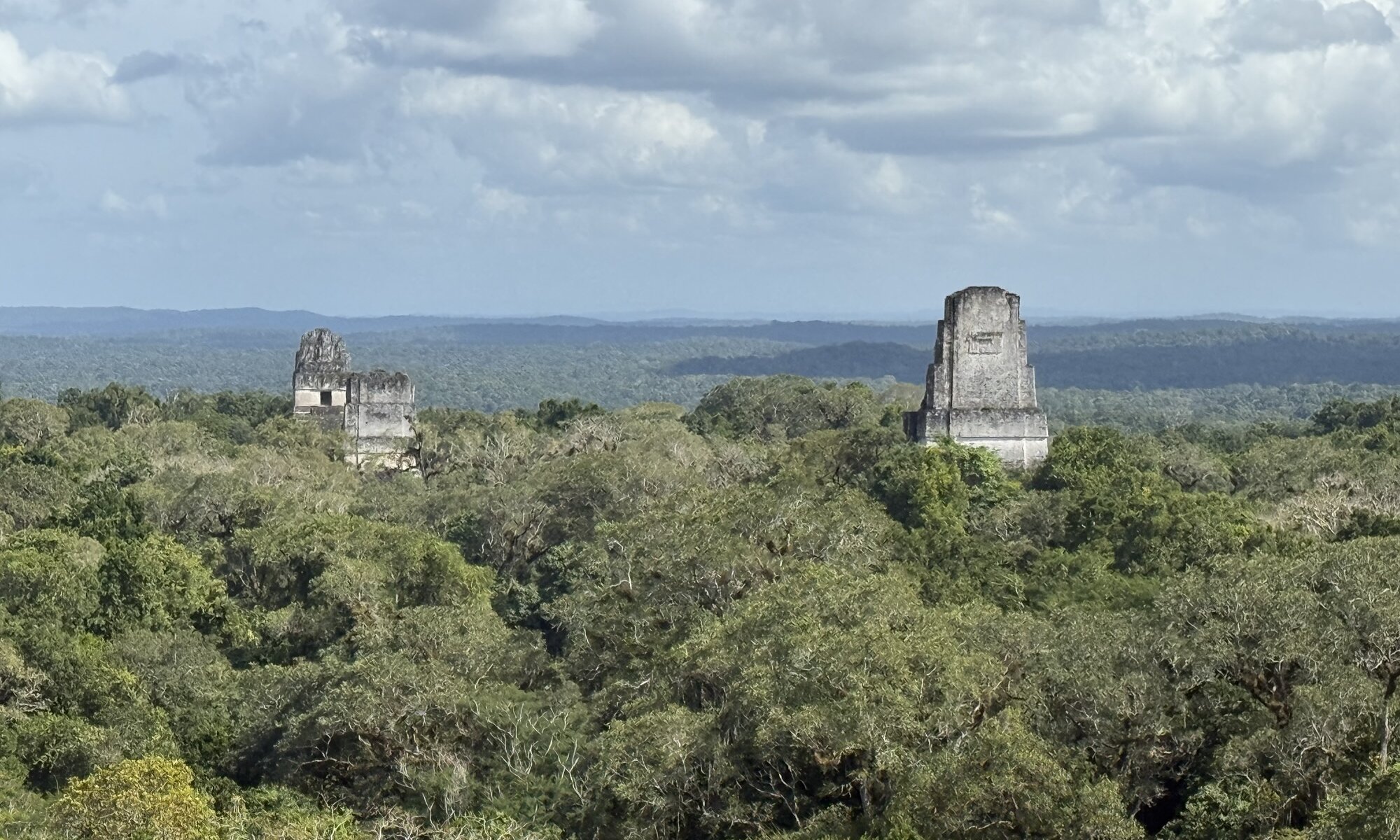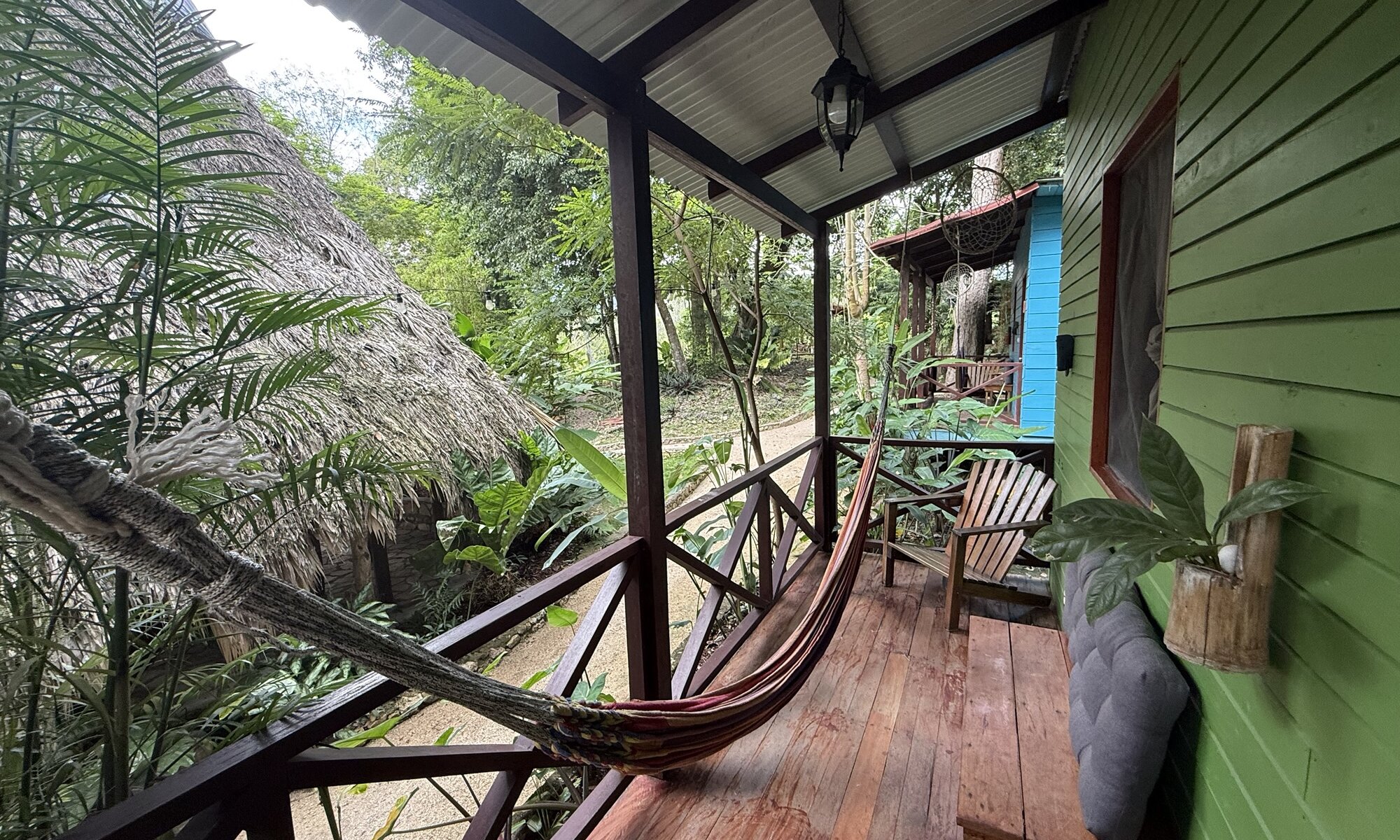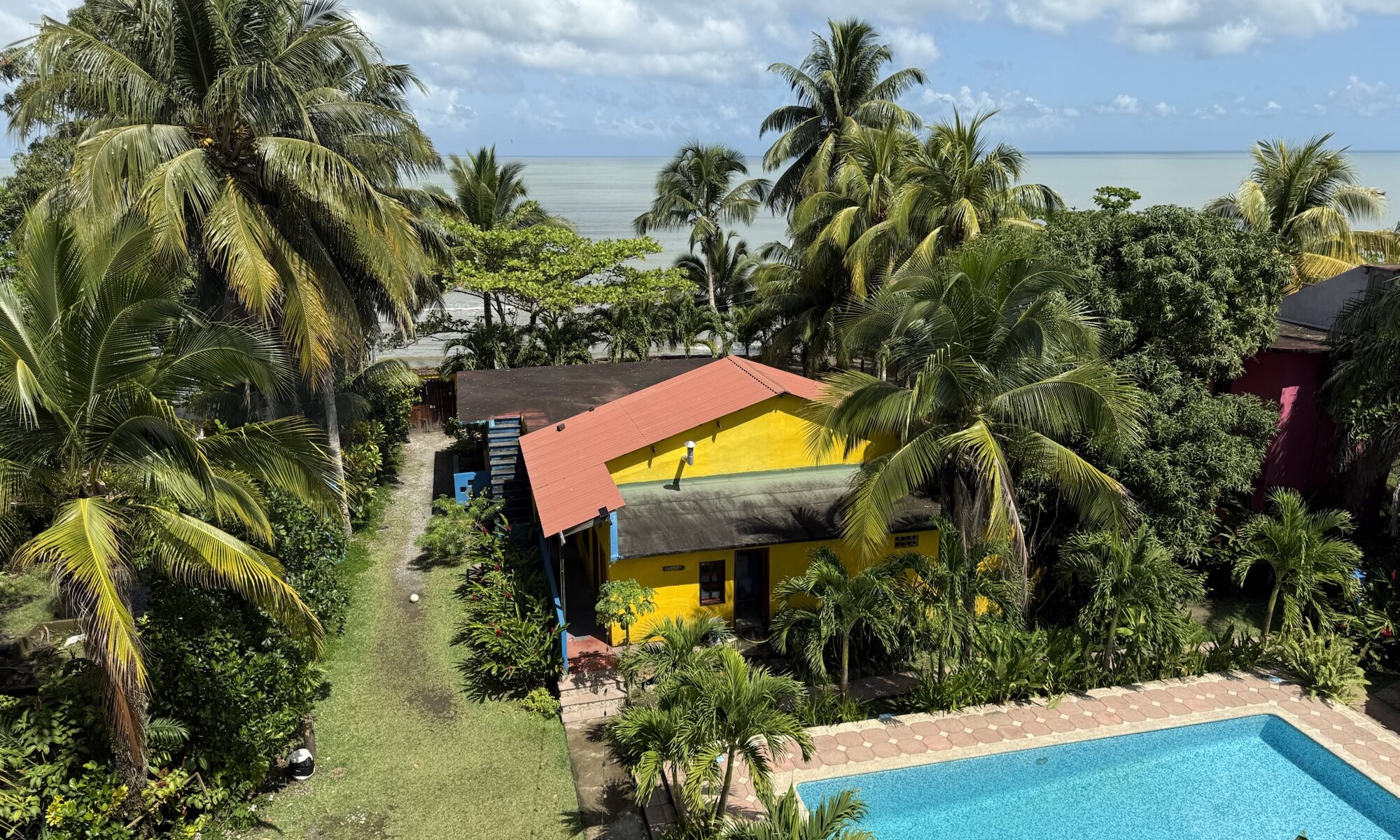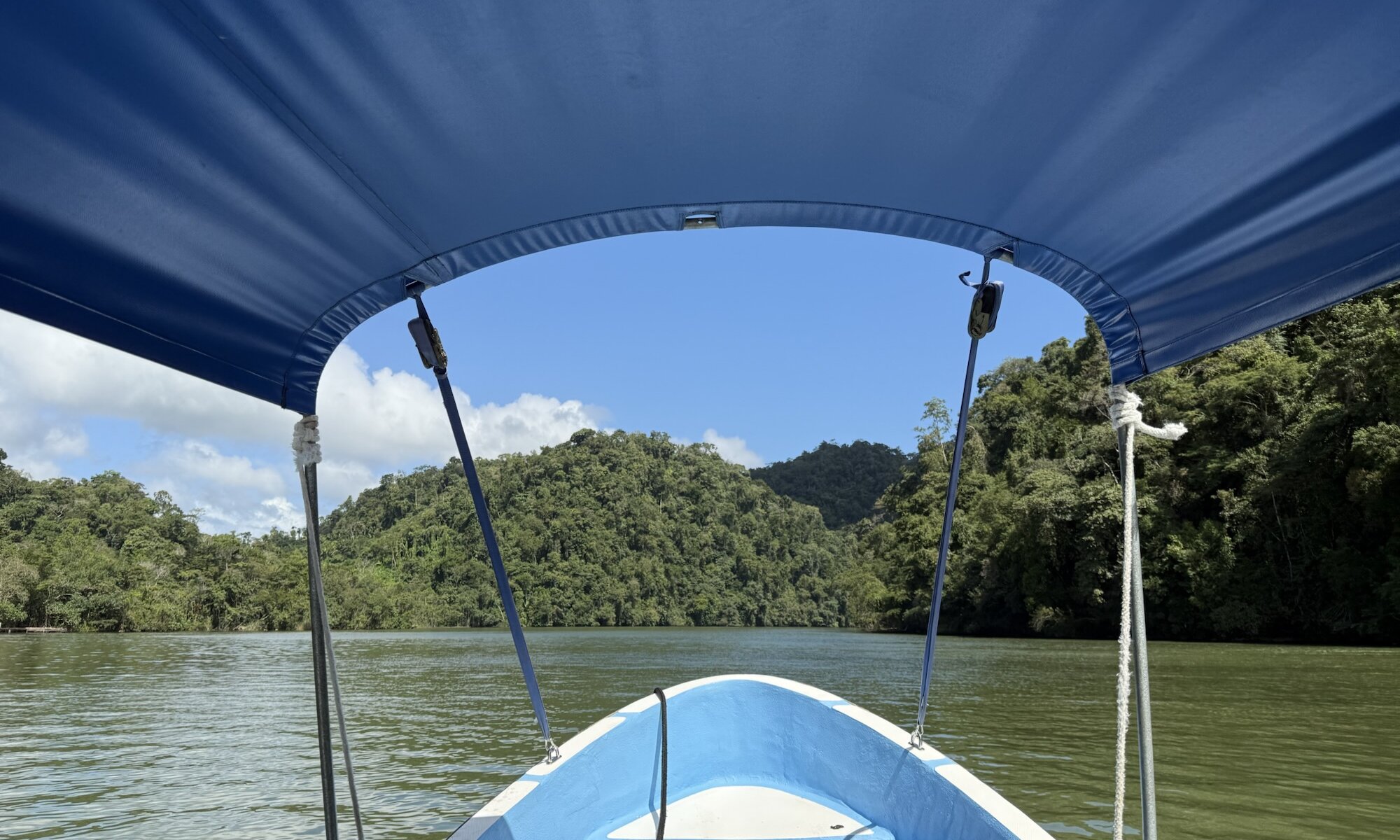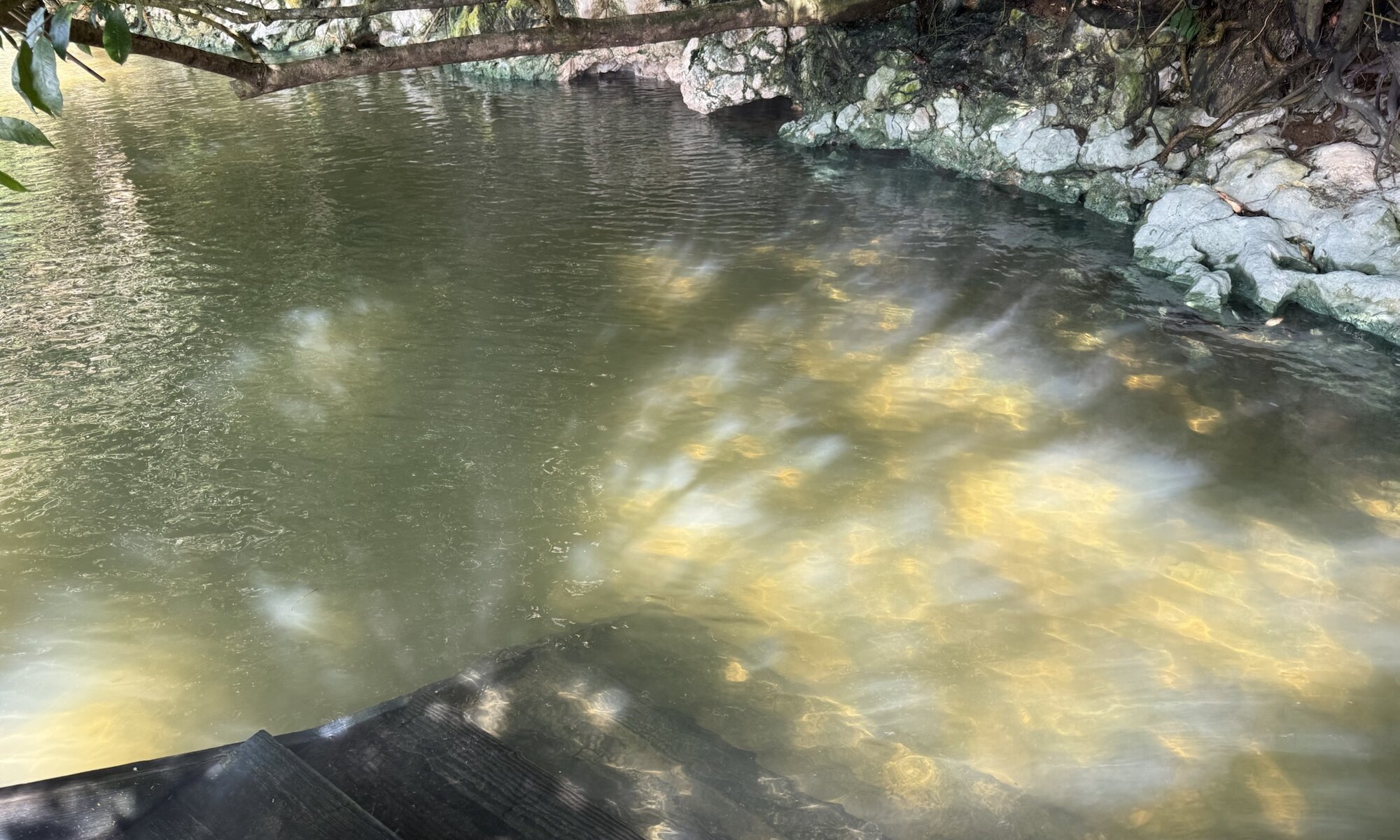The Museo Nacional de Arqueología y Etnología in Ciudad de Guatemala is a treasure trove of Maya artifacts and cultural heritage. Housing the country’s largest collection of ancient Maya relics, the museum showcases an impressive array of monumental stone sculptures, including Classic-period stelae from Tikal, Uaxactún, and Piedras Negras. Visitors can marvel at a superb throne from Piedras Negras, animal representations from Preclassic Kaminaljuyú, and rare wooden lintels from temples at Tikal and El Zotz. The museum’s collection also features exquisite jade necklaces and masks, offering a glimpse into the craftsmanship of the ancient Maya.
Continue reading “Museo Nacional de Arqueología y Etnología”Kardamomuss
Cardamom is a versatile and aromatic spice prized for its unique flavor profile, which combines notes of citrus, mint, and pine. It is widely used in both sweet and savory dishes across various cuisines, particularly in Middle Eastern, Indian, and Scandinavian cooking. Cardamom is a common ingredient in chai tea, adds depth to coffee, and enhances the flavor of baked goods, curries, and meat dishes. Beyond its culinary applications, cardamom is also used in traditional medicine for its potential digestive and anti-inflammatory properties.
Continue reading “Kardamomuss”Cobán
The capital of the Alta Verapaz department in Guatemala, has a rich history deeply intertwined with German influence. Founded in 1543 by Dominican friars, the city gained prominence in the late 19th century when German settlers arrived and established coffee plantations. These German immigrants significantly shaped Cobán‘s development, introducing their culture, architecture, and agricultural practices. The city became a hub for coffee production and trade, with German families like the Dieseldorffs playing a crucial role in its economic growth.
Continue reading “Cobán”Isla de Flores
The Isla de Flores, a small island in lake Petén Itzá, Guatemala, is a charming destination known for its colorful colonial buildings and cobblestone streets. The old city center, perched atop a hill, features a picturesque main square with Maya stelae and the white-painted Catedral Nuestra Señora de Los Remedios y San Pablo Itzá. Visitors can enjoy strolling along the Malecón, a promenade that encircles the island, offering stunning views of the lake and providing a perfect spot for watching the sunset. The island’s compact size allows for easy exploration on foot, with numerous cafes, restaurants, and shops lining its quaint streets.
Continue reading “Isla de Flores”Tikal
Tikal, one of the largest and most impressive Maya cities, flourished in the heart of Guatemala’s rainforest from around 900 BCE to 900 CE. At its peak during the Classic Period (200-900 CE), Tikal was a bustling metropolis with an estimated population of 100,000, boasting monumental architecture, advanced astronomical knowledge, and a complex political structure. The city’s decline towards the end of the 9th century remains a subject of debate among scholars, with theories ranging from environmental degradation to warfare and social unrest.
Continue reading “Tikal”Alice
Alice Guesthouse in El Remate offers a magical escape that feels like stepping into a jungle wonderland. This charming retreat, run by a French and Belgian family, features cozy bungalows equipped with hammocks, perfect for relaxing while listening to the sounds of howler monkeys and observing a variety of colorful bird species. The guesthouse’s name, a nod to Alice in Wonderland, perfectly captures the whimsical and enchanting atmosphere of the property. Guests can enjoy refreshments at the on-site bar and savor delicious meals at the restaurant, all while immersed in the lush tropical surroundings.
Continue reading “Alice”Aside
Livingston Resort Hotel is a relaxed, mid-range accommodation nestled along the Caribbean coast of Livingston, Guatemala. This colorful retreat offers guests a laid-back, set against the backdrop of the azure sea. While slightly removed from the bustling harbor area, the hotel’s location provides a tranquil escape, requiring about a 15-minute walk from the town center. For those preferring not to walk, tuk-tuks are readily available, and the hotel generously covers the transfer cost upon arrival, typically amounting to five quetzales per person. The resort’s architecture is an eclectic mix of styles, with the main house featuring an unconventional design that adds to its quirky appeal.
Continue reading “Aside”Siete Altares
The seven altars are a stunning natural attraction located near Livingston, Guatemala. This series of cascading waterfalls and crystal-clear pools is nestled within lush tropical forest, offering visitors a refreshing escape from the heat and a chance to immerse themselves in the beauty of the Caribbean lowlands. The name ‘Siete Altares‘ comes from the seven distinct pools formed by the waterfalls, which are said to resemble altars. For the indigenous Garifuna people and local Q’eqchi’ Maya, these pools hold spiritual significance, serving as sites for ancient ceremonies and rituals. The area is believed to be a place where the natural and spiritual worlds intersect, making it not just a tourist destination but also a sacred space for local communities.
Continue reading “Siete Altares”Livingston
Livingston, a unique coastal town in Guatemala, is steeped in the rich history and culture of the Garifuna people. The Garifuna, descendants of West African slaves and indigenous Caribs, arrived in Livingston in the early 19th century after being exiled from St. Vincent by the British. Today, their presence is immediately evident as you walk through the streets, with the vibrant Afro-Caribbean culture visible in the local music, dance, and cuisine. This distinct heritage sets Livingston apart from the rest of Guatemala, creating a fascinating cultural enclave on the Caribbean coast.
Continue reading “Livingston”Agua Caliente
The Centro Ecoturístico Agua Caliente is located directly next to the Río Dulce and it is a really good reason to stop when you’re passing by boat from the city of Río Dulce to Livingston. It is a natural hot spring that runs directly into to river itself. This geothermal wonder is a result of the area’s volcanic activity, which heats groundwater as it percolates through the earth’s crust. The heated water then rises to the surface, creating the hot springs that have become a popular attraction for both locals and tourists alike.
Continue reading “Agua Caliente”